Triggered Emails as a Sales Tool in the Era of Personalization
A very strong statement for such a simple marketing communication tool, you might say. But we’re willing to bet: the simplest solution to the problem is often the best one. Let us tell you why.
What are trigger emails?
And why are they effective in the era of neural networks and AI?
A trigger email (TE) is an automatic message or a series of messages combined by one scenario that a user receives after performing a certain action (a trigger) on a website or through a mobile application.
The content and the time of sending such messages are personalised, and the communication can be assembled as a constructor — this is perhaps the key difference between TEs and mass mailings.
What can start the TE chain?
A specific action performed by the user can become a trigger event for receiving communication. Another way to receive a TE is to get into a user segment that was formed based on specific parameters.
Actions that can be triggered events:
- you go to a website, choose a product or service, put it in the shopping cart and then leave the site – the abandoned cart will be a trigger to send you a certain communication;
- you register in a motivation system – this is also a trigger;
- you pay for an order – this serves as a trigger for telling you about bonus points or some other attractive thing .
Actions and parameters based on user segments can be formed when:
- you regularly make purchases on this resource, but suddenly stop doing so and have missed one or more cycles;
- you registered on a website X days ago, but bought nothing.
There are many options for actions and segments, and they can either consist of a single message or be a chain of letters.
What channels can be used for TEs?
It's nice to be able to say that it’s all of them: email, web push, mobile push, instant messengers, and messages.
Channels can and should be combined: the more complex the scenario, the more interesting you can build a cascading chain of messages in different channels to achieve your goals.
How do trigger emails work?
TEs work within given communication scenarios, where the action (or inaction) of users is a signal to send a message. Following this, depending on the reaction to the message, the scenario can branch out up to its logical conclusion – ideally, up to the moment when the user performs the target action.
Scenarios can be simple and consist of one or two steps – for example, when a user should receive something for installing a mobile application.
Scenarios can also be multi-level and quite complex if communication involves the sequence and variability of user actions. Let's look at some example schemas:
One-step


Multi-step


How do Flocktory trigger emails work?
Flocktory TEs make it possible to interact with users who have left your site by sending APP Push, Web Push, and Email messages.
- Different goals. Communication scenarios can be aimed at different goals – from RFM strategies to base monetization.
- Preconfigured and custom scenarios. You can use more than 20 classic scenarios or implement custom user interaction scenarios based on cross-channel communications.
- Smart segments. You can use ready-made predictive audience segments for communication based on the behaviour of your audience on the Runet.
- A/B tests. You can use the most effective sentence formats by testing hypotheses in our A/B testing tool.
- Benchmarks.We will help you optimise your communication strategy based on conversion benchmarks for your niche and related ones.
Flocktory trigger emails are well-thought out, multi-level personalised communications that help to lead the user to the required target action.
If you want to learn more about Flocktory trigger emails and other platform tools, visit our website.
If you have a problem that needs to be solved, contact us at sales@flocktory.com
What do Flocktory trigger emails look like?
Product Abandoned View trigger event

Category Abandoned View trigger event

Example of an email for the Children Category Lovers Smart segment 
Example of an email with a lot of dynamic content 
What problems do trigger emails solve?
TEs help to solve many goals:
- sales growth
- increasing loyalty
- increasing coverage
- reactivating the audience (more on this in our solutions - link to xmail)
- collecting feedback
- and much more
What tasks do Flocktory TEs solve other than those listed above?
- conversion increase
- average check growth
- cyclical demand formation
- stimulating related sales
- meeting and onboarding new users
- accompanying and retaining clients
- returning users to the abandoned stage of the funnel
- reactivating clients
- reducing subscriber base outflow
- increasing the number of different useful actions
- rapid testing of communications
- content optimization
- promotion of target brands, products, and services
- testing segments and triggering conditions
- base monetization
- getting feedback from visitors
- implementing various marketing techniques
- enrichment of user data
A full list depends on both your and our boldness and imagination.
How to optimise TE
Trigger emails, like any tool of communication with users, must be constantly optimised to match the interests and conditions of the audience, fall into defined patterns of behaviour, be relevant at a given moment and solve the tasks that have been set.
To optimise TE, the Flocktory team uses A/B tests. What can be tested? The message itself, a specific step in a message chain, or the entire message chain.
The stages of A/B testing:
- the tasks of emails are clear, so everything starts with identifying bottlenecks and potential opportunities for optimisation;
- hypothesising then follows. Hypotheses can be formulated both based on feedback from users and user behaviour, and based on insights and new best practices;
- the next step is the development and launch of an A/B test to test the hypothesis: determining the segment for testing, getting a statistically significant sample, testing KPIs, preparing textual and graphical materials, and setting deadlines;
- the last action is the analysis of the A/B testing results and the decision to suspend, rework or implement the test.
How to evaluate the effectiveness of trigger emails
Flocktory evaluates the effectiveness of TEs based on four main parameters:
- email open rate/delivery rate in push;
- click rate – who clicked, how, and at what moment;
- conversion into an order or a target action (the conversion rate);
- orders, average check, revenue (both for the chain and its variants, and for each chain step [!])

An interesting addition: if a partner wants to lead the TE testing process itself, we have an automated system for generating recommendations based on the test results. Based on these recommendations, the partner can independently start the needed processes (stopping, continuing testing, or launching the version that has proven to be the best).

Instead of conclusions
It's hard to imagine something more effective than personal communication. It allows you to quickly and precisely understand weak points and desires, process objections, provide a required service and meet people’s needs. No matter how much you would like to, it’s simply not possible to maintain personal communication with each one of your clients, especially if the business is geared towards online functioning and the number of clients is growing. Trigger emails are a kind of automated alternative to personal communication: they help you stay in touch, have a greater impact due to personalisation, make it possible to communicate via a user-friendly channel, and greatly increase the chances that a user will take the targeted action you need.
Get started with triggered communications together with our team: fill out the form on flocktory.com or contact us at sales@flocktory.com.



